Persepolis, the Magnificent Ancient Palace
Persepolis, the Magnificent Palace from 2500 Year Ago
You may be heard of Persepolis but have you ever wondered about the exact age of this ancient monument? Do you know what Persepolis looked like before the destruction? Or do you know the meaning of the inscriptions that remained in Persepolis from old ages? In this article, we talk about the first civilized city in the world, the throne of the Achaemenid kings. If you plan to visit Persepolis, reading this article helps you have a better opinion of Persepolis’s magnificence.
| Monument Name | Persepolis, Parsah, Parseh, تخت جمشید، پارسه، پرسپولیس |
| Contact No. | +98(0)7143341556 |
| Monument Category | Ancient Palace |
| Website | Persepolis Website |
| City | Near Marvdasht, Shiraz |
| Coordinates | 29°56′04″N 52°53′29″E |
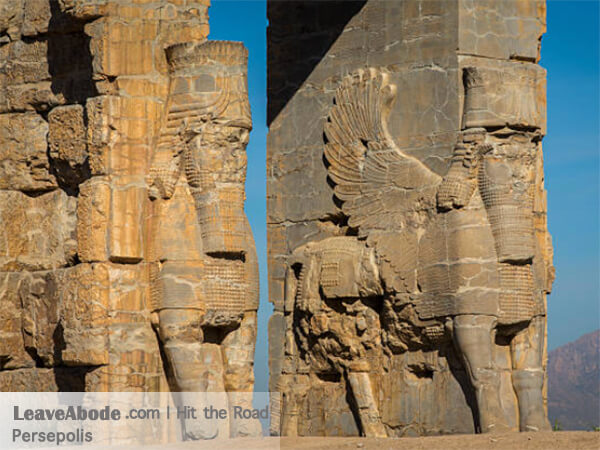
© Richard I Anson_Getty Images
Persepolis, Old Persian Parsa (Parseh), modern Takht-e Jamshid, in Iran is one of the world’s greatest archaeological sites that was once the richest city on earth. Inspired by Mesopotamian models, the Achaemenid kings Darius the Great, his son Xerxes the Great, and his grandson Artaxerxes I built the glittering capital of the Achaemenid Empire on an immense half-natural, half-artificial terrace about 2500 years ago.
This ancient Persian city is the symbol of Persian empire glory when the Persian kingdom ruled over a vast area stretching from the Caucasus and West Asia to what was then Macedonia (today's Balkans), the Black Sea, Central Asia, and even into Africa including parts of Libya and Egypt. Undoubtedly, Persepolis has an important role in the history of civilization.
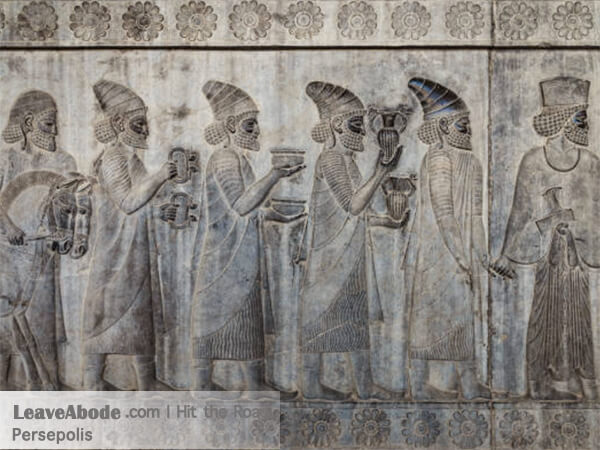
© Jean-Philippe Tournut _ Getty Images
In 1979 Persepolis ruins were designated a UNESCO World Heritage site. Annually, a great number of enthusiasts travel to Iran only for Persepolis. Check out Persepolis daily tour with the most professional local guides.
At the heart of the city laid the royal palace - the treasure of a vast empire of gold and silver, ivory, and precious stones piled up in the store-rooms. In 330 BC, Persepolis was captured by Alexander the Great. Before he left the city, he ordered the palace burned to the ground.
Let us introduce you the easiest way to get Iran Visa to visit Persepolis if you have the temptation of visiting Persepolis. As soon as you are in Iran you may need a comfortable Airport Transfer. Let us arrange it for you at the lowest rates.
How old is Persepolis?
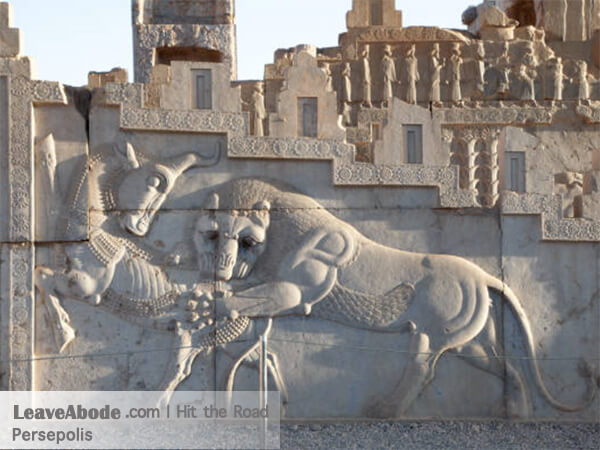
© Ali Majdfar _ Getty Images
The buildings and artefacts discovered from Persepolis belong to the Achaemenid period in 518 BC, ie more than 2500 years ago. However, some scripts and pottery are also found that date back to the Elamite period. This shows evidence of the residence of the first Aryan tribes in this region in the distant past.
Who built Persepolis?
It was started by Darius I in 518 BC at the foot of the Mehr (mercy) mountain, but the construction took a long time and continued during the reign of later kings. According to the scripts, the construction of Persepolis took about 120 years during the reign of Darius I, Xerxes and Ardashir I era. Numerous male and female architects, artists, and workers participated in the construction of the vast building.
What material is used in building Persepolis?
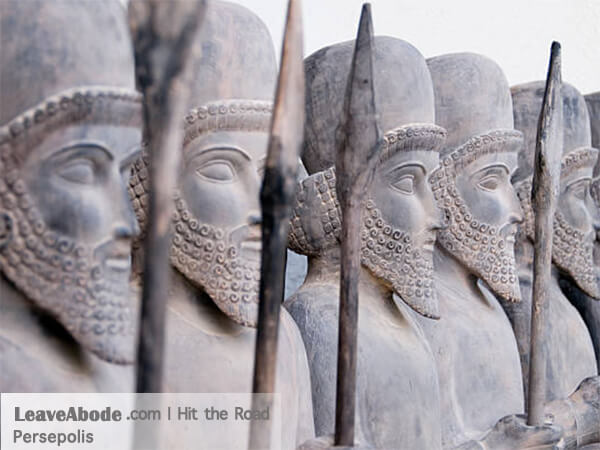
© FrankvandenBergh _ Getty Images
For several years the workers were busy digging up the mountain stones to level the foothills. The main material in the construction of palaces was stone, carving large pieces of stone, and polishing and transporting those to heights is an interesting part of this construction that astonishes modern architects. Despite all the technology and equipment, it is not easy to build such a huge building at the current time.
How Persepolis was destroyed?
The glory days of Persepolis continued until Alexander invaded Iran. In 334 BC, Alexander invaded Iran and as soon as reaching Persepolis captured and torched it. Alexander's hatred toward the powerful Achaemenid kings caused him to burn down Xerxes' palace, but the fire spread to other places and destroyed a large part of Persepolis.
The palace is still marked by Alexander’s fire, when it was first excavated three feet of ash were found that covered the floor in some places. Many of the columns are still visibly scarred by those flames which burned over two thousand years ago.
How was Persepolis before being burnt?
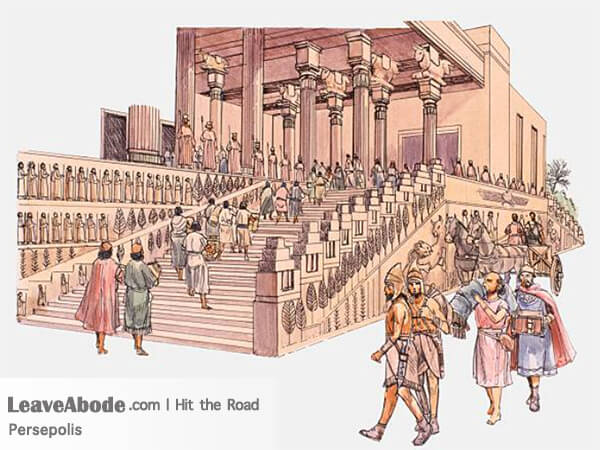
© Gerald Wood _ Getty Images
After the extensive excavations of archaeologists in Persepolis, designers are now able to redesign Persepolis palaces. Before being burnt, the Achaemenid palaces and mansions enjoyed the beautiful view of the surrounding valleys and plains of Mehr mountain. The interior design of Persepolis was very innovative compared to today's engineering and architectural standards.
What about Persepolis is important?
What attracts the attention of the world to Persepolis is not only the historical antiquity of this ancient city. Archaeologists discovered the evidence of civilization development in ancient Iran by studying the scripts and artefacts in Persepolis precisely. The social rules of the Achaemenians have also surprised many historians. The Achaemenid kings treated the workers in a civilized manner, who in ancient Persia were paid appropriate wages. The prominent culture of the rulers of ancient Iran during the Achaemenid period has caused the fame of this ancient civilization in the world.
Wonders of Persepolis
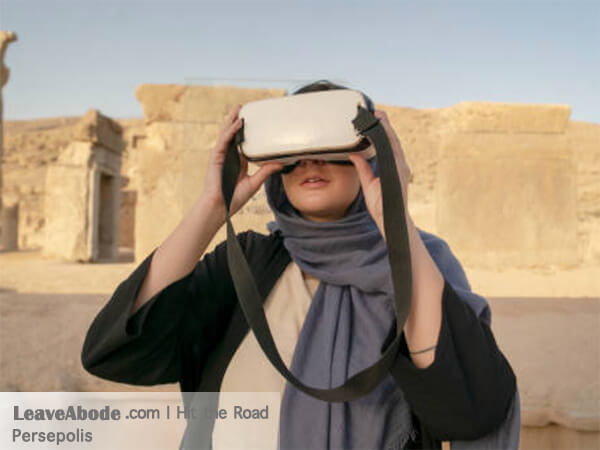
© Anna Dobos _ Getty Images
The construction of Persepolis dates back to more than 2500 years ago; so, the construction details that are found in the inscriptions, reveal the wonders of Persepolis:
- To your surprise, there is no mortar between the column sections but the pillars survived countless earthquakes and natural disasters to this day. That is all because the
- Achaemenid engineers connected the column parts using geometric rules and created metrical carves to connect the pillars. A bar of lead connected the pillars from inside.
- The palaces were built by stacking large boulders that used simple levers to move them. These levers were able to move stones weighing 250 tons. Extracting and transporting these large pieces from the mines to the palaces is one of the greatest wonders in the construction of Persepolis palaces.
- The water piping system, open canals and stone wells in Persepolis have also attracted the attention of archaeologists.
- In the age that slavery was prevalent in other great empires of the world, Achaemenid kings in Iran paid to the men and women workers, moreover, they were insured and enjoyed various benefits.
- Men and women had equal social rights. Women could work and receive special support during pregnancy and childbirth. Inheritance was equal for men and women. This social equality 2,500 years ago is the biggest wonder of the Persian empire.
- The bas-reliefs were huge in number of which only a few remain today; surprisingly, there is no sign of captivity, war or violence in any of the pictures.
- The utmost wonder of Persepolis is Darius' message to the future in his four golden tablets engraved with the message of peace and friendship.
Different sections of Persepolis

© Andrea Ricordi_ Getty Images
In this section, we will examine the different parts of the Persepolis area.
Stairs of All Nations
The entrance stairs consist of two symmetrical rows of stairs. It continues in a zigzag manner to the top wide area of the palaces at 12 meters height. The height of each step is short to be easily climbed. The stairway ends up to the Gate of all Nations.
Gate of All Nations
As you climb up the stairs, there is a small palace called the Gate of all Nations from which the representatives of all nations in the great Persia entered the palaces. The Gate is an 18 meters high palace with high brick walls and four tall pillars with three entrances. The pillars of this gate are the most complete pillars left in Persepolis. It is decorated with patterns, flowers and leaves, and on top, the torso of a cow is placed. The cow that was widely used in ancient Iran and other ancient civilizations is known as the Sphinx. Above the statues are symmetrical cuneiform inscriptions in three ancient Persian, Elamite and Babylonian languages. The Gate of all Nations in the Persepolis has served as a waiting room.
Persepolis Treasury
This building was built during the reign of Darius the Great and used as an office building. The Discovery of the 600 tablets and employers’ seals at the treasury hall is important considering the detailed information has been obtained about the nationality of the workers, their salaries and equal rights for men and women.
In the western part of the treasury building, there are small rooms for soldiers and in the eastern part, there is a large courtyard with several palaces. There had been two reliefs on marble with a dark blue facade in the Persepolis Treasury palace on which the king is on the throne surrounded by courtiers and soldiers. Currently, one of these motifs is in the National Museum of Iran and the other in Persepolis.
Archaeologists found out that a large fire broke out in the treasury building destroyed many documents.
Hall of Hundred Columns or Throne Hall
The second large palace in Persepolis is Hundred Columns or Throne Hall. It really had 100 - 10 rows of 10 columns - 14 meters tall columns. The construction of the Hall of Hundred Columns began by the order of Xerxes but was completed during the reign of Ardashir I.
The date of construction and the name of the kings are engraved on the cornerstone of Throne Hall. Accordingly, the archaeologists found that the construction of the Throne Hall dates back to 470-450 BC. The text on this inscription is as follows:
“Ardeshir Shah says: Xerxes Shah, my father, started building this house. With the approval of Ahura Mazda, I, Ardeshir Shah, finished it.”
The reliefs of Ardashir Shah, seated on the throne, were engraved on the entrances and the image of 100 Achaemenid soldiers was engraved on the entrance of this palace to symbolize the columns of the Achaemenid emperorship.
In different parts of Persepolis, there is a numerical connection between the reliefs and the architectural elements as if the designers intended to convey a special meaning. For example, the fact that the number of columns and soldiers painted on the northern gates are the same conveys the notion that the warriors are the base and pillar of the government. The king's side is facing outwards in these motifs, indicating that the northern gates were used as exits.
Burnt of Alexander's invasion is evident throughout this hall. At the current time, only two of the Pillars of the Throne Hall remained, which were taken to Chicago, the USA in the 1930s.
Hadish Palace of Xerxes
this palace was built by order of Xerxes as his private palace was named after his wife, Hadish. It is likely that the fire started here due to the hatred of the Athenians of Xerxes. Hadish Palace had different carvings from other parts of Persepolis but due to the severe destruction, there is not much information available and many called it the mysterious palace.
Don't forget to book a tour to Persepolis
Know Before You Go
- The best way is to take part in one of Persepolis, Necropolis & Pasargadae Tour, Persepolis & Necropolis Half Day Tour on Leaveabode.
- Traveling on public transportation to Persepolis is not much easy. You need to leave Shiraz to Marvdasht and a kilometer northeast of Marvdasht, the ancient historical complex of Persepolis is located.
Today, Persepolis is located 11 km northeast of Marvdasht and 70 km northeast of Shiraz in Fars province.
Seasons | Hours |
| Spring and summer | from 8:00 to 17:30 |
| Autumn and winter | from 8:00 to 17:30 |
3 to 5 hours is enough to visit Persepolis.
- 1 April
- 4 May
- 14 & 15 May
- 4 & 5 & 7 June
- 18 & 19 August
- 6 & 7 October
The dates may be changeable so get in touch with us for the recent information. [email protected]
- Nowruz and other official holidays are busy times for Persepolis when the quality of your visit may be affected by the crowds everywhere.
- Visiting Persepolis in the hot seasons of the year can be annoying due to the open area of Persepolis and direct sunlight. The best time to visit Persepolis in hot months is early morning or afternoon.
- Cloudy days are recommended for visiting Persepolis, as there will be no direct sunlight. For convenience, it is better to have a hat, sunscreen cream and sunglasses with you.
- Except on some religious ceremonies and the 13th of Farvardin, Persepolis is open to visit.
Day Tours Near Persepolis
Attractions Near Persepolis
Monuments Like Persepolis
Persepolis on Map
Cities
Activities
City Tours
Hike & Trek Tours
Meet Locals Tours
Biking Tours
Wild Life Tours
Events
Shiraz
The city of love
Shiraz, the cultural capital of Iran, is synonymous with the city of poets, education, nightingales, and wine. It is a must-see that you would not miss during your trip to Iran. It is very close to Persepolis in the Fars …



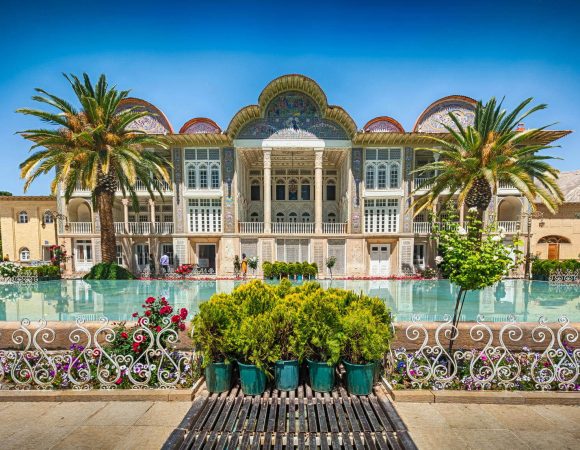

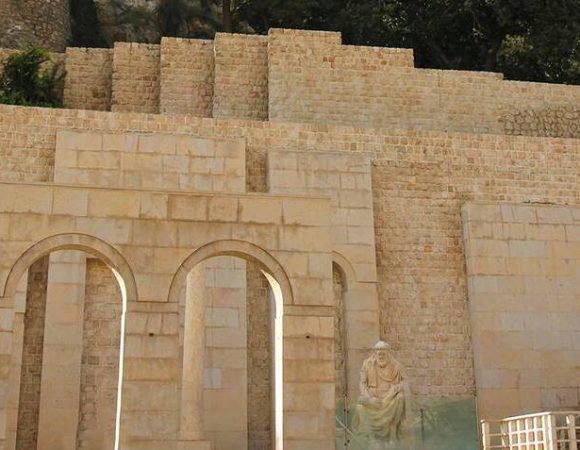
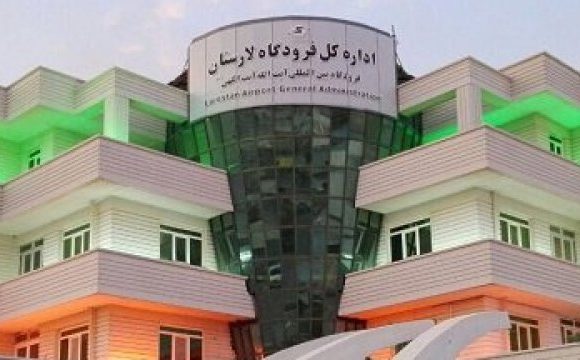
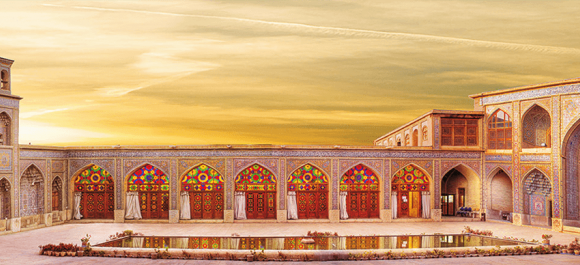
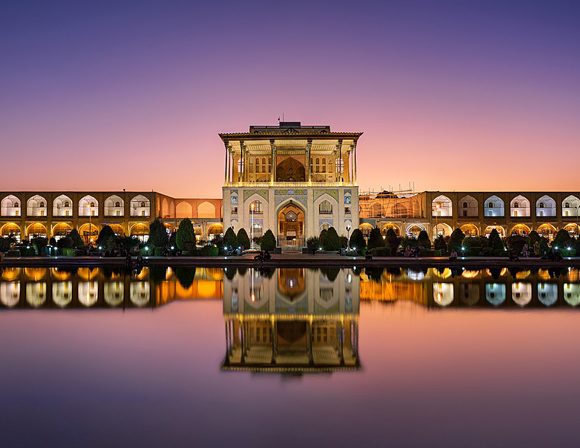
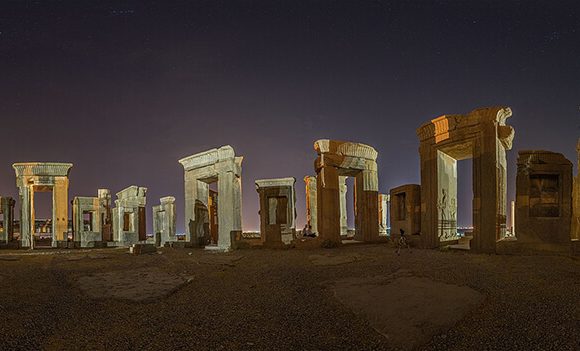
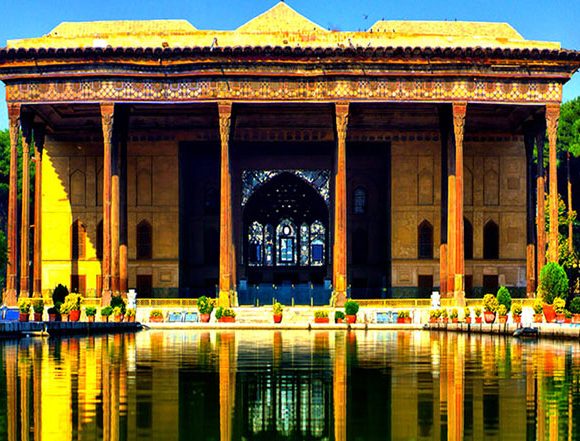
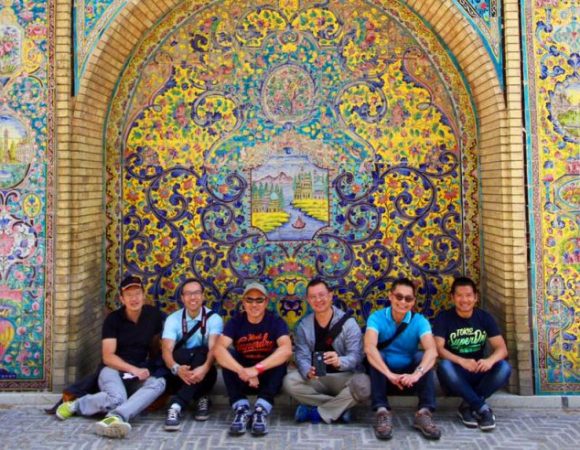

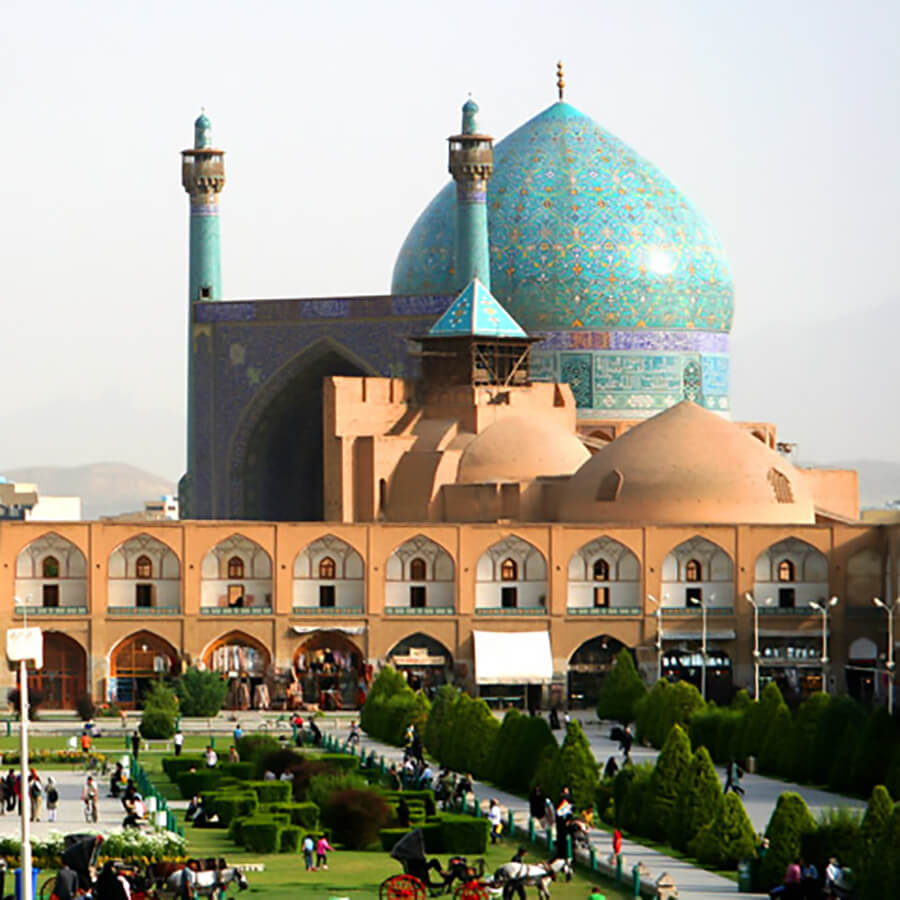
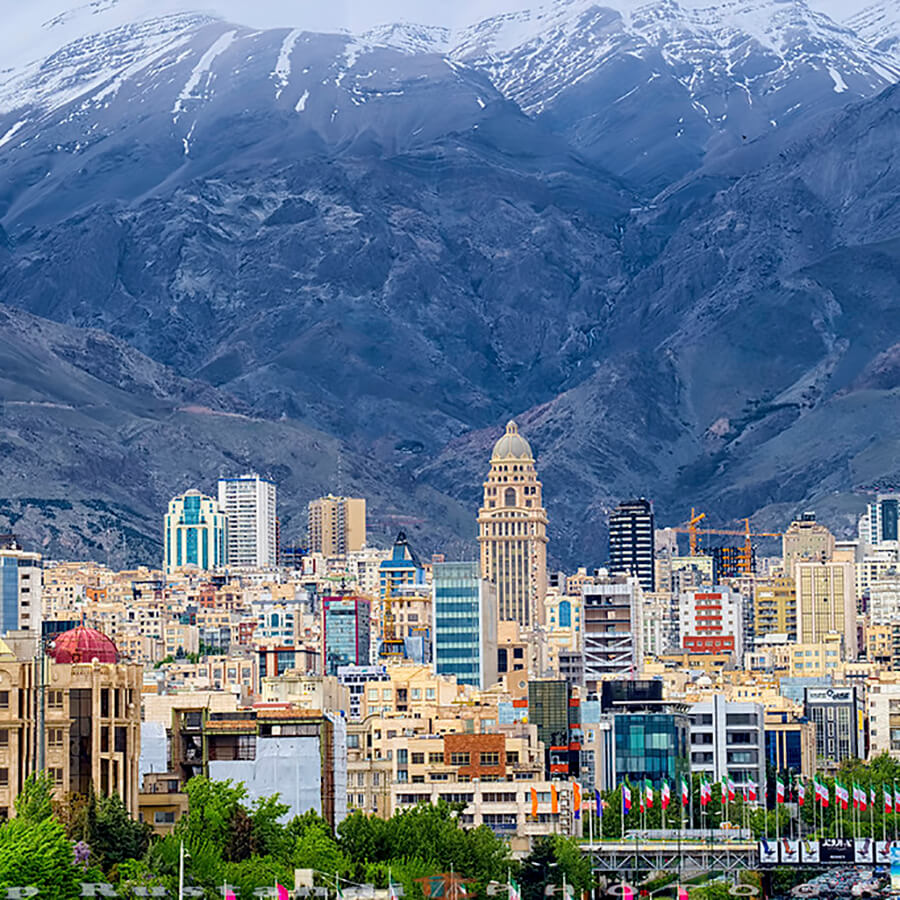

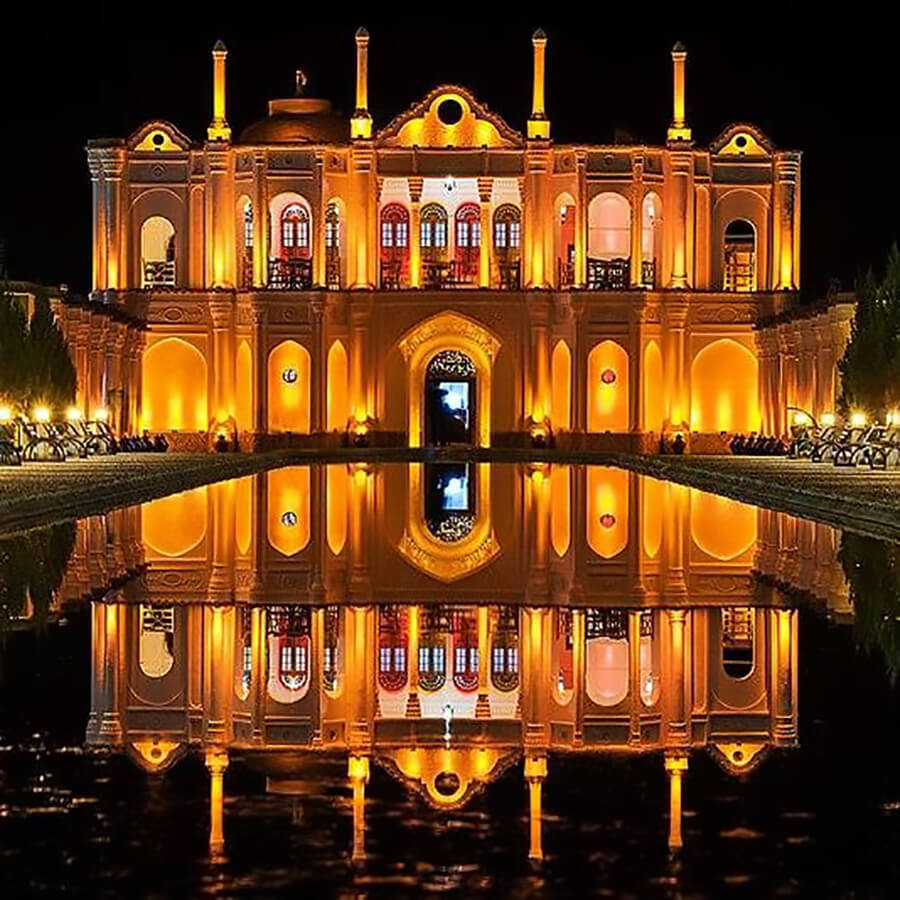
What wonderful information you prepared here. Those are essential for anyone who likes to visit Persepolis I think.